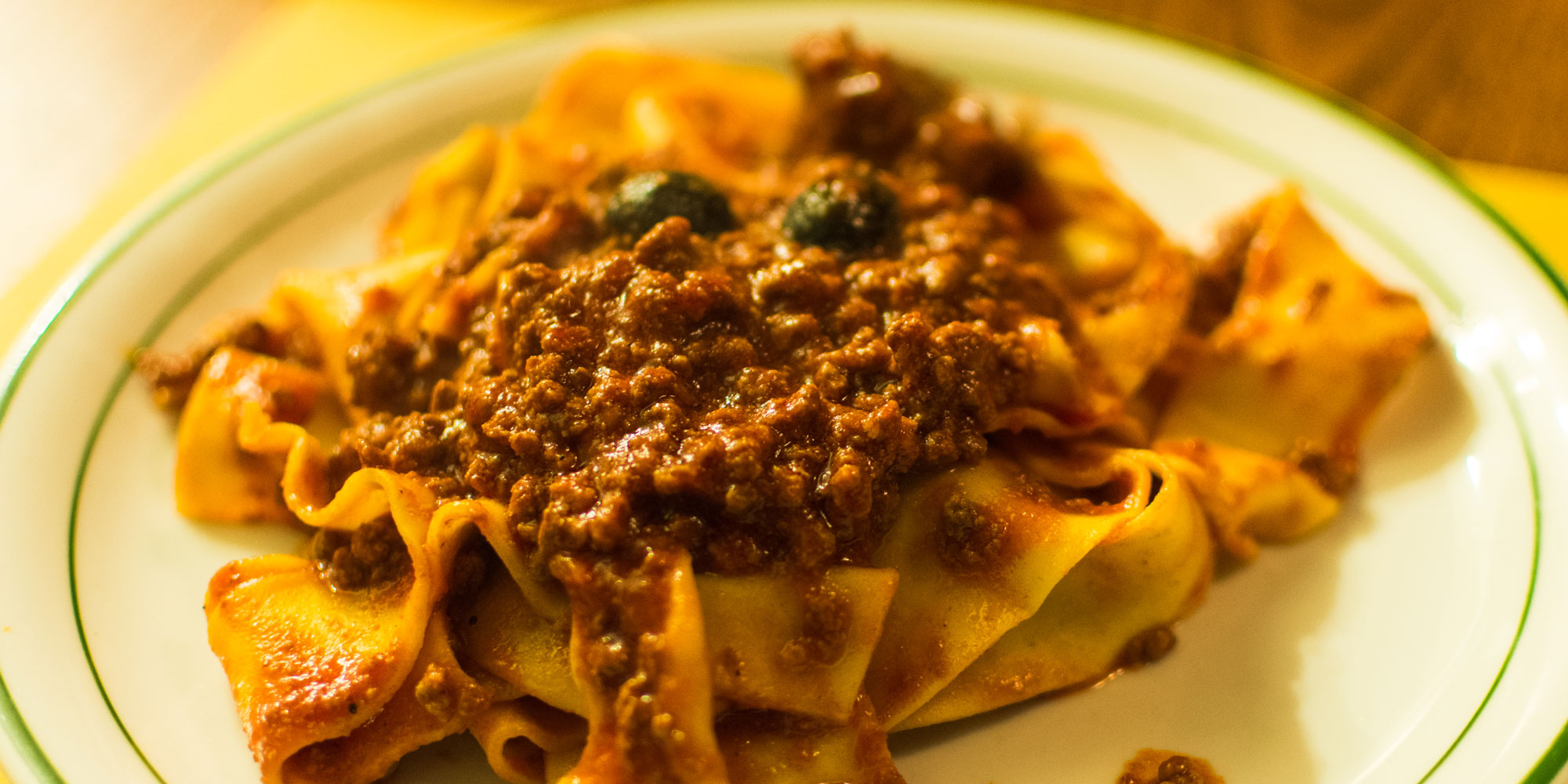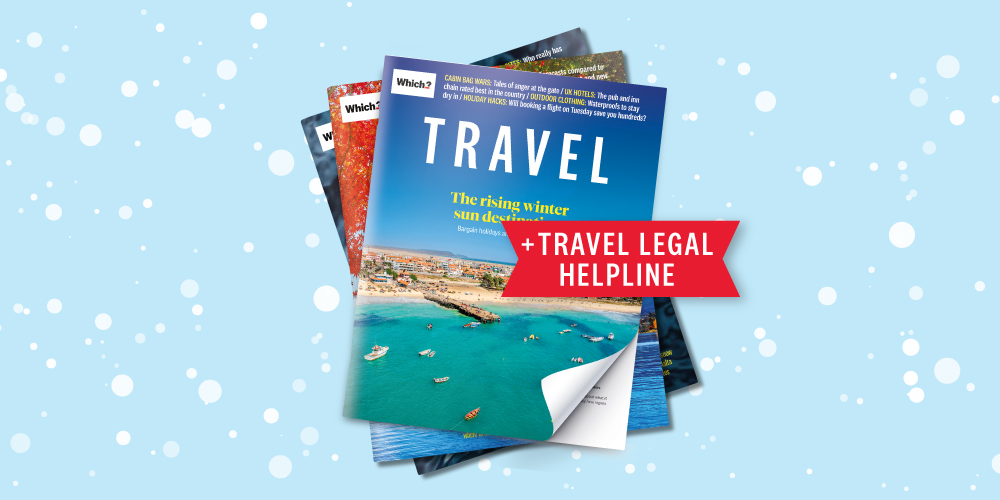
Get a year of super-useful advice
Who to book with, how to get the best deals plus inspiring destination ideas from the experts, for only £36.75 for the year – that’s 25% off.
Join Which? TravelOffer ends 8th January 2026
By clicking a retailer link you consent to third-party cookies that track your onward journey. This enables W? to receive an affiliate commission if you make a purchase, which supports our mission to be the UK's consumer champion.
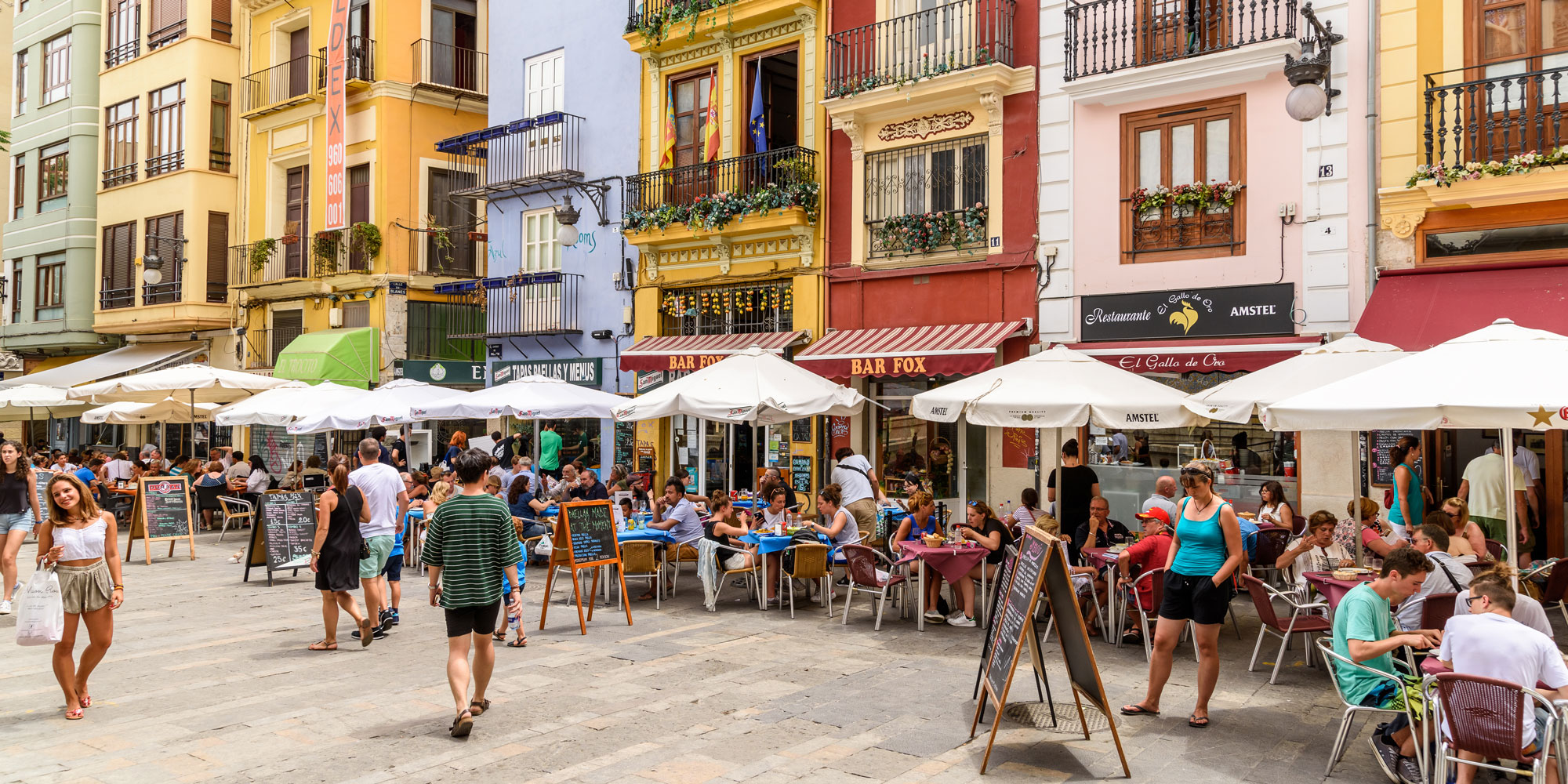
No European city break is complete without a deep dive into the local culinary scene.
Whether it’s a tapas crawl in Andalucia or one of Belgium’s famously strong beers, it’s all part of the experience. But which cities in Europe will most excite your tastebuds?
Our seven picks were not only rated among the best city breaks in Europe, but visitors awarded them the full five stars for food and drink. Read on to discover the continent’s top escapes for foodies.
For more independent travel advice and recommendations, subscribe to Which? Travel.

Who to book with, how to get the best deals plus inspiring destination ideas from the experts, for only £36.75 for the year – that’s 25% off.
Join Which? TravelOffer ends 8th January 2026
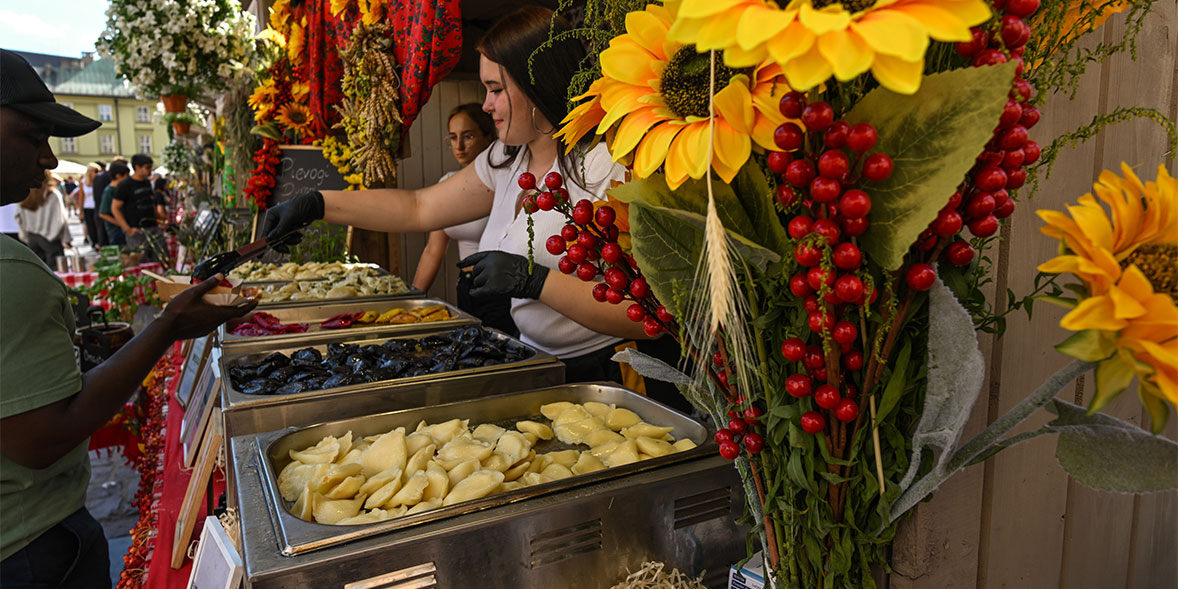
You’ll work up an appetite exploring Poland’s second city and the cobbled streets of its elegant Unesco-listed old town: luckily a hearty snack is never far away.
You’ll find bagel stalls (where the bread was first invented) on Europe’s largest market square, alongside the Renaissance arches of Cloth Hall and St Mary’s Basilica’s Gothic steeples.
Venture on to the myriad of side streets to where locals devour mustard-covered sausages and huge bowls of sour beetroot soup.
Pierogi are a must – Polish dumplings traditionally filled with potato, cheese and onion, and topped with sour cream.
Krakow food is meaty, filling and, best of all, cheap (the city clinched four stars for value for money), which is perfect if you want to try another local specialty, vodka.
Check with booking.com to compare and find accommodation deals in Krakow.
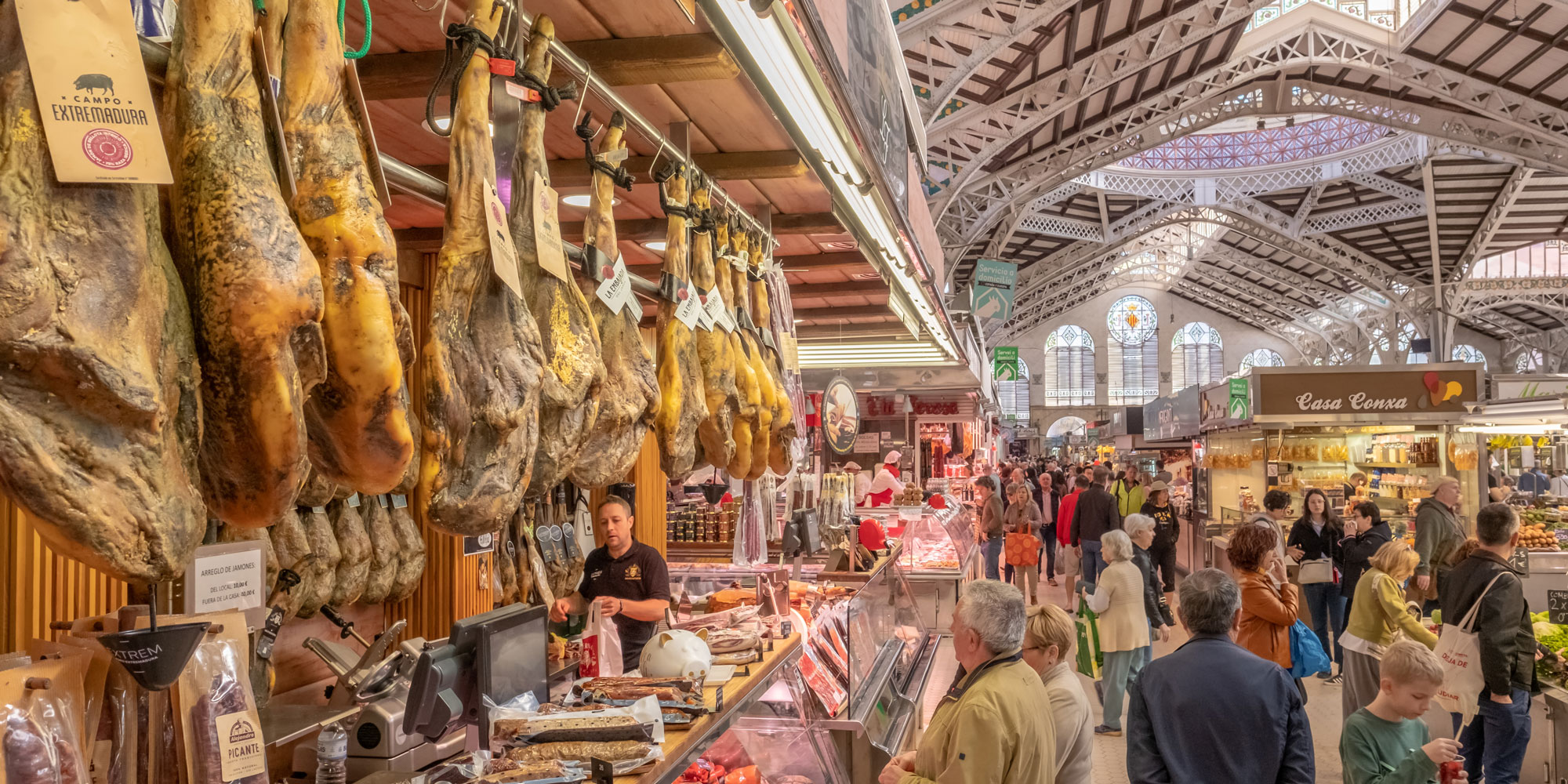
Sandy beaches, a charming historic quarter and the futuristic City of Arts and Sciences, Valencia has it all, plus great food. Snack your way around its Art Nouveau food market or people watch from a coveted stool at Central Bar; local superchef Ricard Camarena’s most humble eatery.
The city is also the birthplace of paella. If you’re a purist, snub the seafood versions – the authentic recipe contains rabbit and chicken, coloured with saffron and cooked over an open flame.
Another lesser-known local staple is horchata, a sweet drink made from tiger nuts. Take a marble-top table at historic Horchateria de Santa Catalina to sample it, with a sugar-glazed fartón (an elongated fluffy bread) on the side.
Find a city break with Which? Recommended Providers Trailfinders, Saga and Jet2Holidays.

The terraced vineyards climb the island’s hillsides, producing the word-famous fortified wine. In fact, Madeira’s fertile volcanic soils and warm climate means that you can grow just about everything, from broad beans to passion fruit.
Find it all at the Art Deco Mercado dos Lavradores, the old town’s famous farmers’ market. The fish market is just next door, displaying huge hunks of tuna and eel-like espada (scabbard fish). The delicate white fish is a lot tastier than it looks, usually deep fried and served with banana.
Find a cosy seafood taberna on Santa Maria to enjoy it, admiring the vibrant street art along the way. Bolo do caco, circular Madeiran flatbread cooked on a flat basalt stone slab and served with garlic butter, is a delicious accompaniment.

The second Spanish city to make our round-up, Seville is all about the tapas. Get elbow-to-elbow with the locals on the winding whitewashed streets of Santa Cruz or Arenal to sample the best.
A tapeo (tapas bar crawl) will allow you to taste a number of Andalusian specialities, including jamón Ibérico de Bellota, with its distinctive nutty flavour, and Moorish espinacas con garbanzos (spinach and chickpeas) with cumin.
Pair your tapa of choice with a crisp manzanilla from nearby sherry region Jerez. If you’re lucky, an impromptu flamenco performance will break out on the street beside you to complete the experience.
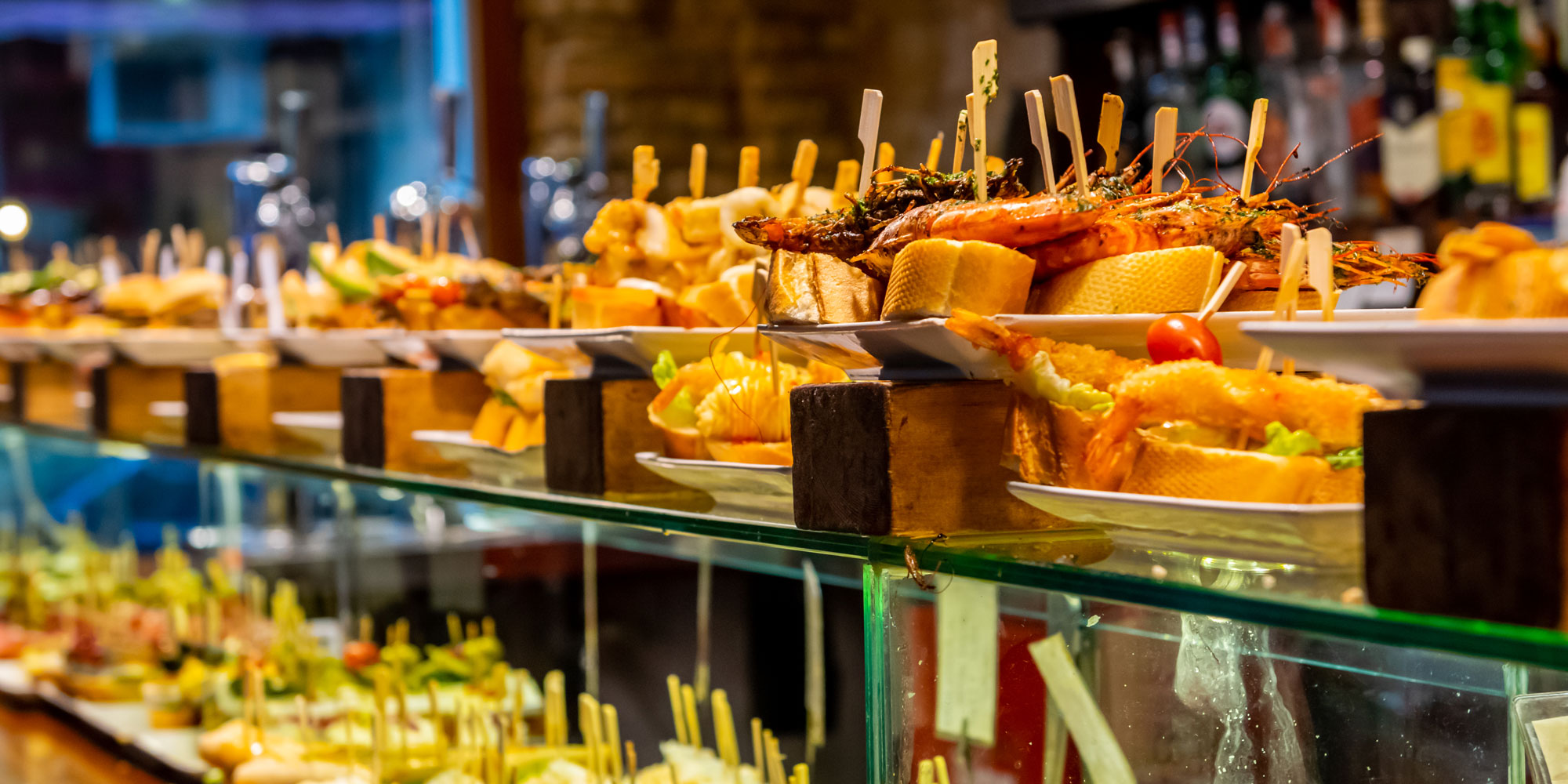
It’s a Spanish entry again, but you’ll find an entirely different flavour of cuisine in Catalonia. Barcelona may be a fast-paced city, but everything slows down at lunchtime for a leisurely, three-course menú del dia.
Salted cod is a specialty, along with arròs negre – a rice dish flavoured and coloured with squid ink and best served with a dollop of homemade aioli.
Fideua is another classic that is similar to a seafood paella, but with noodles instead of rice. Wash it all down with a glass of cava, Catalonia’s answer to champagne.
The lively Poble Sec is the district to indulge. You’ll find creative bars and cafes lining its steep, sloping streets and shady plazas: offering everything from artisan croissants to natural wine.
Book with a company you can trust: these are the best and worst city break holiday providers.

This region’s famous full-bodied reds are an obvious draw. Quench your thirst (for knowledge too) at the Cité du Vin museum, with interactive displays covering 2,000 years of local winemaking. Your ticket also includes a free glass in the rooftop bar.
Discover Bordeaux's food offering is just as good as its wine at restaurants around the city: from Cap Ferret oysters to rib-eye steak cooked in wine, shallots and bone marrow. The free-range and grass-fed cows from Bazas (around 37 miles from Bordeaux) are renowned for their tenderness and flavour.
Finish off with a canelé, a small pastry flavoured with vanilla and rum. They're baked in fluted copper moulds to give them their distinctive dark caramelised crust.

Pottering beneath the spires and beside the picturesque canals is an activity in itself in this fairytale Belgian city. Eating and drinking is another.
Trappist beer (brewed by Belgian monks) and freshly cooked waffles (topped with thick whipped cream) are obvious favourites, for good reason. Chocolate is another; you’ll find every shape and flavour combination imaginable – Belgium is particularly famous for its soft, creamy-centred pralines.
Bruges has a chocolate museum, but it’s much more fun to sample the real deal. Stock up on sweet treats at the headily fragrant Spegalaere, a neighbourhood chocolatier where almost everything is made on site.
Forget London, these are the best UK cities for food and drink.
